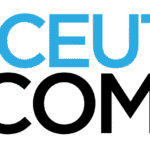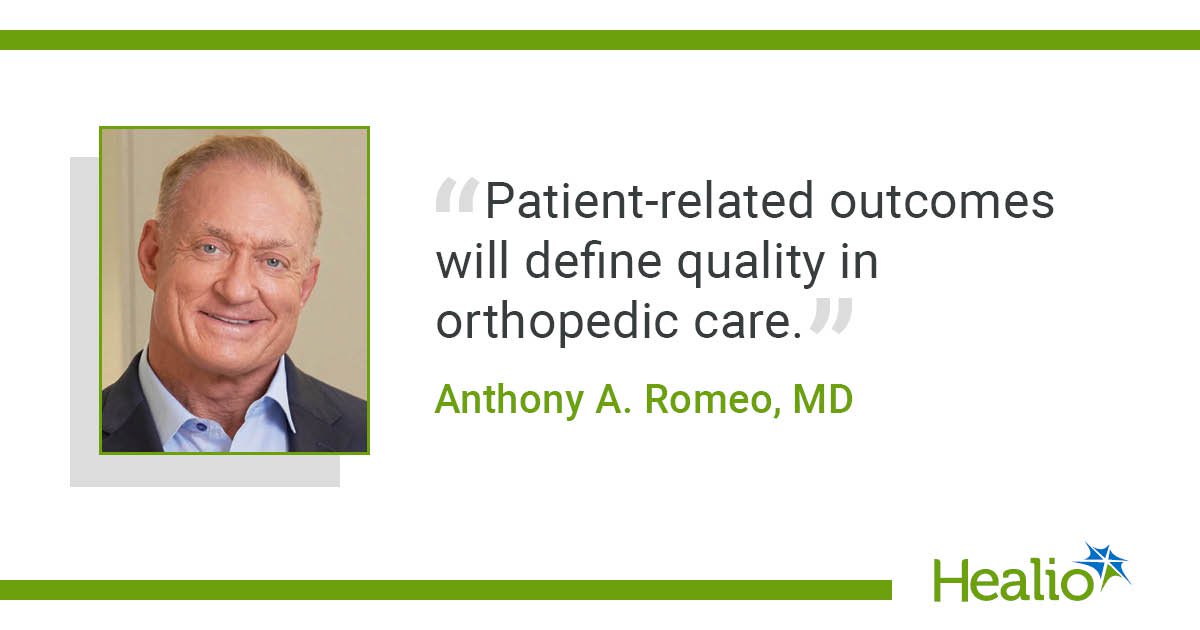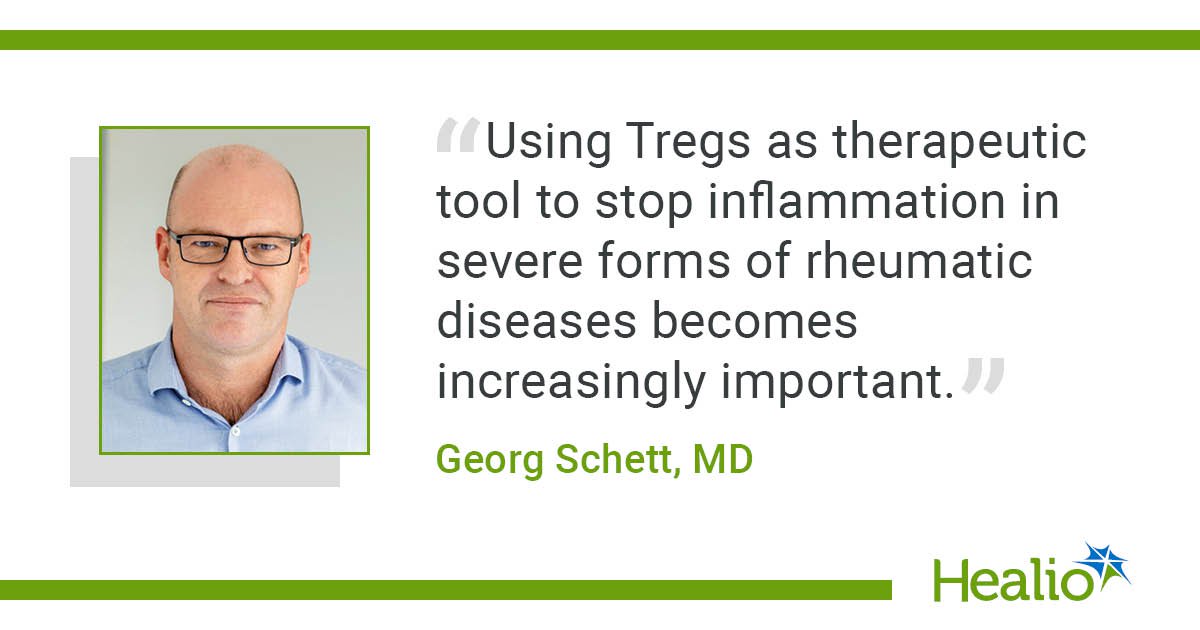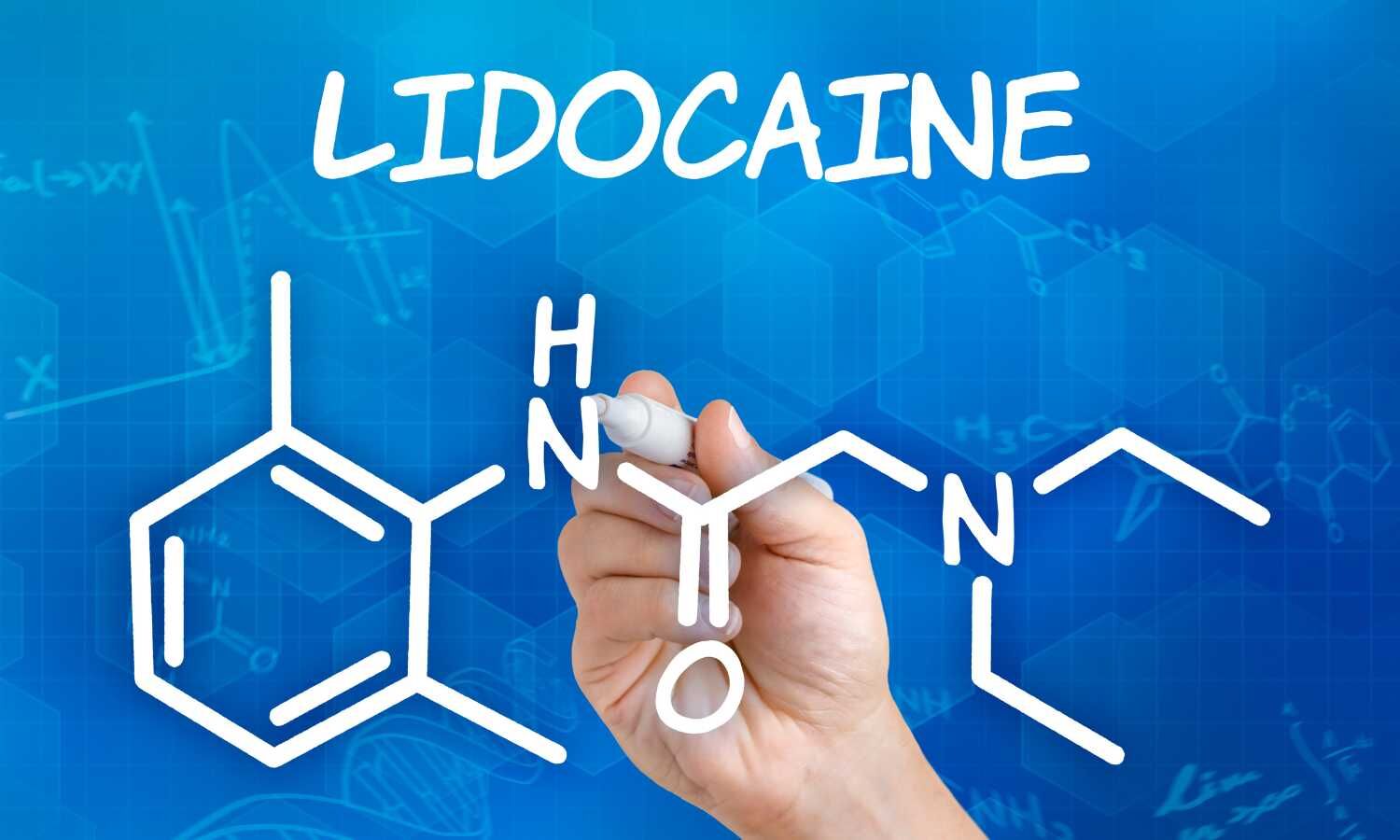October 08, 2025
3 min read
More than 100 years ago, Ernest Amory Codman, MD, FACS, introduced his “end result idea.” Codman advocated that medical and surgical interventions should be scrutinized not only for immediate execution, but also tangible patient outcomes.
Codman envisioned a systematic approach to track results, arguing accountability would drive continuous improvement in medical care. However, his bold proposals were met with fierce opposition. After presenting his idea at a Massachusetts Medical Society meeting, he faced ridicule and was ostracized by the organization. Colleagues dismissed his idea as an affront to professional autonomy for fear it would invite scrutiny and erode the sanctity of clinical judgment.

Despite the initial backlash, Codman’s principles found acceptance elsewhere. Institutions, such as the Mayo Clinic, embraced his ideas and established programs to measure long-term patient outcomes. The efforts yielded profound insights into disease management, stimulated technical innovations and elevated the standard of medical care. The commitment to outcome measures has led to countless advancements, thus making Codman’s vision a cornerstone of evidence-based medicine.
Clinical practice
The resistance to collect patient-related outcome measures (PROMs) persists today. PROMs capture patients’ perspectives on pain, function and quality of life, however, its integration into everyday clinical practice can be sporadic outside academic medical centers. Orthopedic surgeons may gather data for governmental and hospital mandates, but the obligations can feel disconnected from clinical realities.
Orthopedic surgery is a high-stakes arena where precision under pressure defines success. The drive to deliver flawless care can foster a reaction protective of one’s record, thus viewing PROMs as an indictment rather than an ally. With declining reimbursements and increasing administrative loads, the prospect of embedding outcome tracking feels like yet another layer of work without any reward.
Compounding the issue is implementation. Historically, collecting PROMs required a manual process with dedicated research assistants, medical students, residents and office staff. Even in non-academic settings, surgeons may absorb the costs of software platforms or clerical support. The concern is that such information could be used by administrators and payers, eroding negotiating power and autonomy. Additionally, a sense of isolation further fuels resistance. Individual surgeons absorb the burden alone without institutional backing, questioning if data truly will inform decisions or merely serve administrators.
Collective standards
Practices that embrace PROMs routinely reap benefits that outweigh any initial concern. PROM collection serves as a compass for clinical evolution. By aggregating responses over time, surgeons can identify discrepancies and intervene quickly. The process also allows high-performing techniques to become replicable standards.
PROMs enable robust benchmarking and analytics. Advanced platforms facilitate comparisons across surgeons, practices and national datasets, revealing how outcomes compare against benchmarks. Such granularity uncovers systemic opportunities, such as a need for more education on surgical approaches and rehabilitation.
While transparency can feel like being over-exposed, it reframes third-party observation as collaborative intelligence. PROMs position orthopedics as partners in elevating collective standards and defining best practices. Data from large-scale registries have tangible impact on patient safety and resource efficiency. PROM collection can transform routine follow-ups into educational touchpoints. Patients can track their progress against normative curves and visualize gains in mobility or pain relief.
PROMs wield strategic power, and high-quality data can be used in payer negotiations. Practices can leverage dashboards showing high patient satisfaction scores to secure contracts and partnerships, including direct-to-employer contracts, turning potential vulnerabilities into competitive edges. Aggregated PROMs show strengths for group practices, supporting the entity as a referral center.
With many positive attributes, orthopedic surgeons’ resistance to collecting PROM is confusing. Concerns of extra workload, patient survey fatigue and surveillance exist. Employed surgeons, where hospital systems dictate metrics, may dismiss orthopedic-specific PROMs as redundant, unaware the tools capture important subtleties overlooked by generic surveys.
Software ecosystems that offer seamless portals integrated with EMRs automate PROM deployment via patient apps or email links, minimizing administrative burden. Response rates increase with adaptive questioning, where only relevant items appear based on prior answers.
Artificial intelligence algorithms will identify anomalies in real-time and suggest specific interventions. Language processing can create free-text feedback into actionable tasks and patient-directed recommendations. A collection that once demanded hours now takes minutes, thus improving patient-physician relationships and patient education.
Definition of quality
Patient-related outcomes will define quality in orthopedic care. As seen with value-based care models, payers increasingly tie reimbursement to PROM performance. Hospital systems may collect data, but generic metrics miss the precision of orthopedic endpoints.
Employed physicians should request institutional support for orthopedic-specific PROM infrastructure. Independent practitioners need to appreciate that owning their data will safeguard their expertise. Without PROMs, tenure counts for little – a 30-year veteran and a new fellow may become interchangeable to administrators. However, PROMs can quantify the skill and expertise.
While once heretical, Codman’s end result idea is essential to define quality. Barriers will fade with more modern tools and proven gains. Embrace PROMs to achieve superior care and demonstrate the value of your practice. The data are attainable, and the choice to present the results will define the future of orthopedics.
For more information:
Anthony A. Romeo, MD, is the Chief Medical Editor of Healio | Orthopedics Today. He can be reached at Healio, 6900 Grove Road, Thorofare, NJ 08086; email: orthopedics@healio.com.










